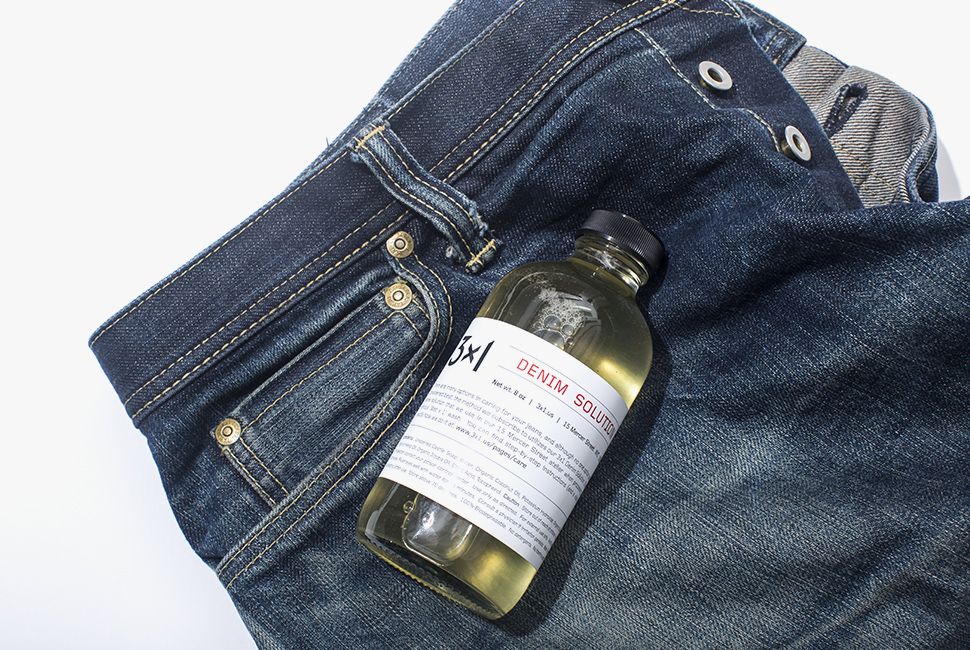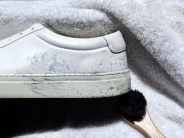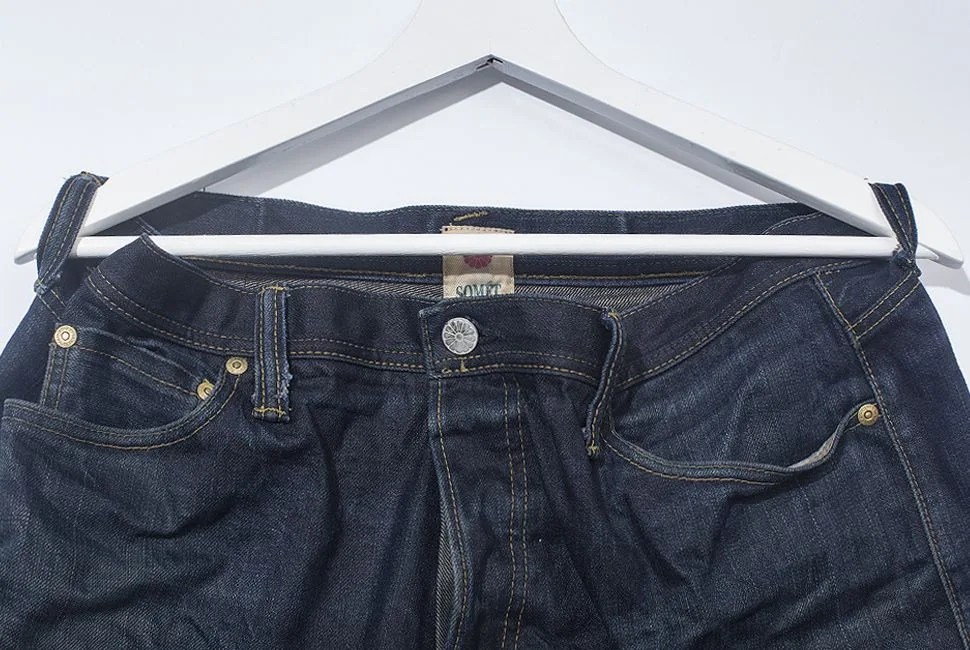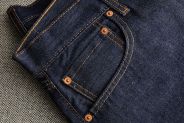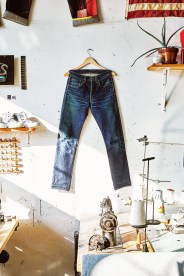Denim lovers hunt down premium American and Japanese jeans knowing that, with time, the indigo-dyed fabric will showcase an individual wear-pattern. “Indigo is not colorfast and it is water-soluble, so from a microscopic standpoint, it’s in just sitting on the surface and trapped in a web of cotton fiber,” said Scott Morrison, the founder of premium denim brand 3×1. It’s this unique attribute that makes the method of washing raw denim such a salient subject.
Over time, raw denim becomes unique to the wearer, folding and creasing to create a complex set of fades. These fades happen over months of wear, but if the denim is washed during this period, the fading can be negated. To develop your own characteristic look on your raw denim, start by following Morrison’s steps below to properly care for your jeans. “Raw denim is a commitment,” said Morrison. “It’s a commitment due to the fact that you won’t see the rewards of your investment for 9-12 months. But that being said, it’s impossible to match the beauty of a jean worn from raw. There’s just nothing quite like it.”
Expert Tips
Our Expert: Scott Morrison, founder of premium denim brand 3×1
Don’t wash them for the first few months
“I recommend going as long as possible before washing raw denim for the first time,” said Morrison. “In a perfect world, this is between 4-6 months of daily wear.” The preferred method to wash raw denim is to soak the jeans in a tub of water; it’s more gentle than a machine and it helps preserve unique creases and wear patterns. “Every time your raw jeans touch water, that indigo is redeposited on and around your jean,” said Morrison. “With each washing, you’re essentially stripping color from your jean.”
“If you want incredible fades you want to make sure your jeans are very well broken in, as the broken-in areas of your jeans will form whiskers and honeycombs thanks to the indigo chipping off in those specific areas of wear — i.e., behind the knees, the crotch, the pockets,” said Morrison. “Once you’ve ‘set’ those areas, you’ll see that they’ll remain there with subsequent washes, even though the base shade gets lighter and lighter.”
 Gear Patrol
Gear Patrol